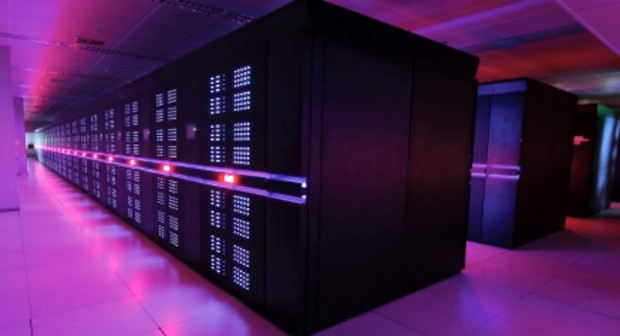The Tianhe-2 supercomputer made by China's National University of Defense Technology has landed again as the fastest in the world for the fourth consecutive time, according to a Top500 supercomputer list released on Nov. 17.
The new list follows an announcement from the U.S. Department of Energy on Nov. 14, stating that the department will be putting $325 million for the development of two supercomputers that are expected to overtake the Tianhe-2's speed by up to five times.
Top500 editor and professor Jack Dongarra from the University of Tenesseee said that there is no link between the list and the DOE's announcement.
According to the professor, the U.S. supercomputers are expected to be finished by 2018. He also said that more details will be given by the DOE along the way. However, until the said supercomputers are completed, the Tianhe-2 will still remain as the fastest in the world.
The Chinese supercomputer has a processing speed of 33.86 petaflops per second, which is equal to more than 33,800 quadrillion calculations per second.
The Tianhe-2 is located at the National Supercomputer Center in Guangzhou. The center is reported to update the Chinese supercomputer's processing speed to exceed 100 petaflops per second.
Tianhe-2 is followed by U.S. supercomputer Titan in the second place with 17.59 petaflops per second, and Sequoia in the third place with 17.17 petaflops per second. The supercomputers are located in the Oak Ridge National Laboratory and the Lawrence Livermore National Laboratory, respectively.
In the fourth place is the K computer from Japan with 10.51 petaflops per second. Another U.S. supercomputer, Mira, takes the fifth place with 8.59 petaflops per second and is located at the Argonne National Laboratory.
Almost all the supercomputers in the list retained their positions from the previous list. The only exception is the 10th position which was taken by U.S. computer Cray Storm with 3.57 petaflops per second; its location was not given.
With regard to the total quantity of systems, the U.S. still ranks first with 231, which is a decrease from June's 233 and 265 from last year's November list.
The U.S. is followed by China in the second place with 61 systems down from 76 in the previous list. Still, it is ahead of Britain, Germany, France and Japan.
One of the makers of another supercomputer in the list, Nebulae, recently listed its initial public offering on Shanghai's Stock Exchange earlier this November.



























